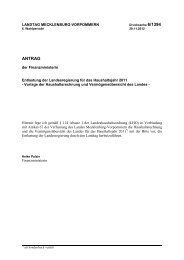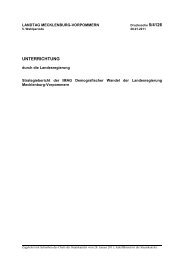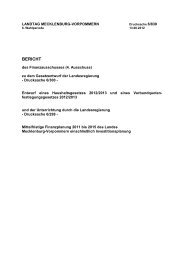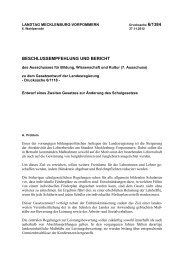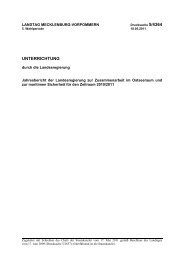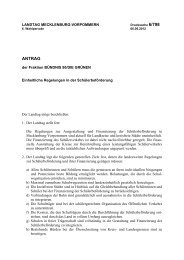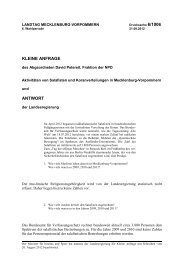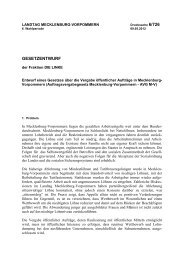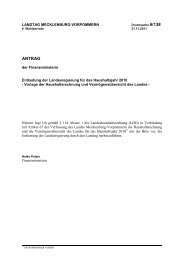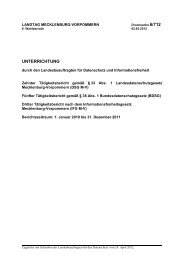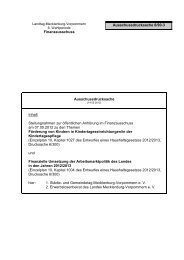Baltic Rim Economies - Baltic Port List
Baltic Rim Economies - Baltic Port List
Baltic Rim Economies - Baltic Port List
You also want an ePaper? Increase the reach of your titles
YUMPU automatically turns print PDFs into web optimized ePapers that Google loves.
Expert article 899 <strong>Baltic</strong> <strong>Rim</strong> <strong>Economies</strong>, 21.12.2011 Quarterly Review 5�2011<br />
Implementing a luxury strategy in Russia<br />
By Esa Rautalinko<br />
Finland’s strong export tradition to Russia has been considered as<br />
an advantage. Growing Russian GDP has created increasing<br />
export possibilities and the proximity of the two countries enables<br />
efficient logistics to the biggest cities and their surroundings.<br />
However, the market has changed dramatically in the past two<br />
decades and will continue to do so in the foreseeable future.<br />
Unfortunately a large number of Finnish exporters have neglected<br />
their homework. Old assumptions and traditional “facts” are not<br />
today’s realities and relying on those might be fatal.<br />
Domestic Russian production has increased significantly in<br />
virtually all product categories and existing gaps in offerings have<br />
already been filled. Surely regulative actions have speeded the<br />
development, as in all emerging economies. But it would be shortsighted<br />
not to take into account the massive work done in Russia<br />
in the areas of R&D, marketing and production. A lot of this has<br />
naturally been enabled by foreign capital and corporations, but<br />
increasingly by Russian players.<br />
The old Finnish “good enough for us, good enough to be<br />
exported” thinking is a sure way to a shrinking business. Because<br />
of this old way of thinking, Finnish exports to Russia has been<br />
sales focused, especially in consumer goods. Strategic marketing<br />
thinking has not been a priority and in many cases even the most<br />
trivial background work has not been done. And yet Russia gives<br />
almost endless possibilities for a true marketer because of the<br />
markets diversity.<br />
Honkarakenne is the world leader in log homes focusing on<br />
luxury and premium customer segments offering individually<br />
designed houses and high-end service. Research data shows, that<br />
throughout the world there are strong trends supporting the chosen<br />
strategy.<br />
1. Increasing wealth<br />
The global financial crisis has naturally dented individual<br />
customers and created challenges, but the clear trend is that as an<br />
average people are getting wealthier. At the same time increasing<br />
differences in wealth distribution are creating social challenges.<br />
But still, there is a growing number of wealthy people in all major<br />
markets.<br />
2. Individuality<br />
The need for self expression rises together with wealth. Tailormade<br />
solutions are vital in order to satisfy demanding customers<br />
and the solutions need to be integrated into a highly sophisticated<br />
way of service.<br />
3. Urbanization<br />
Even countries with a declining population, like Russia, verify this<br />
trend. Consumers are not willing to make compromises with a<br />
working infrastructure and expectations even in remote vacation<br />
locations are high, often higher than in cities. Because of this,<br />
large development projects are both popular and economical.<br />
4. Ecology<br />
Energy efficiency and CO2 footprint have been popular buzzwords<br />
for quite some time. However, ecology is not the primary selection<br />
criteria for most of the consumers. But real competitive advantages<br />
can be created and on the other hand, authorities are going to<br />
ensure by regulation that a positive development takes place.<br />
These global trends need to be interpreted from a target<br />
market perspective, not from a Finnish one. Finns have a<br />
complicated, if not a traumatic tradition dealing with wealth and<br />
individuality when comparing us to emerging economies. Research<br />
data shows that Russians are more willing than Finns to invest in<br />
durables. When the needed funding is available, Russians put a lot<br />
of effort in acquiring a house fulfilling individual family needs. And<br />
very typically a substantial investment is allocated to elaborate<br />
interior detailing and decoration. So Russia, better than any other<br />
58<br />
market Honkarakenne is working with, is living true the<br />
abovementioned trends.<br />
Another myth Finns still somewhat believe in is that product<br />
quality is everything. There is no denying the importance of<br />
traditional quality thinking. But instead of a competitive advantage<br />
it has become a hygiene factor, an entry ticket to attend the game.<br />
Thinking has to be widened to non-tangible service models, or<br />
“semi-tangibles”, which as a term probably better describes the<br />
challenge. Most companies have defined service processes and<br />
have also put performance indicators into place (preferably in a<br />
multi-million CRM system…) but are still facing challenges and<br />
unpredicted customer behavior.<br />
Sadly it is very rare that truly meaningful customer insights can<br />
be extracted from this expensively collected data. Service<br />
processes are always experienced individually and therefore<br />
beforehand decided KPIs have a challenge describing the<br />
customer experience. Some typical KPI data is naturally valuable,<br />
but having a constant multi-faceted dialogue with the customer<br />
from the first contact throughout the purchasing process is vital.<br />
And it is essential to recognize that the dialogue has to continue<br />
for the length of the whole life cycle until the next cycle begins.<br />
This is the only way to ensure a vital luxury strategy.<br />
So what are the key learnings implementing a luxury strategy<br />
in Russia?<br />
1. Do not use Finland as a benchmark<br />
Russian customers have a different interpretation of luxury than<br />
Finns. In houses this means bigger average sizes, bold<br />
architecture, attention to detail and thorough interior styling.<br />
2. Improve you speed<br />
Russians are fast decision makers and expect the same from you.<br />
Finns have an excellent reputation of being precise and on time,<br />
but at the same time we are often considered to be hopelessly<br />
slow.<br />
3. Be ready for changes<br />
Especially luxury segment customers expect agility. Define your<br />
capability to make even last minute changes and which are the<br />
details where changes can be made and where not. Otherwise you<br />
end up selling nothing or selling with a poor margin.<br />
4. Personalize your service<br />
Service models for masses are for mass products. Luxury products<br />
need to be sold through a customized model in a flexible manner.<br />
This means that the work is resource consuming and you have to<br />
deal with it.<br />
5. Product quality is not good enough<br />
Relying on product quality as a sole competitive edge means<br />
failure. Quality can be copied in an increasing speed but<br />
experiences not. Also, it is harder to put a price ticket on<br />
experience than it is on quality.<br />
6. It’s not over<br />
Luxury segment customers do not expect a project but a<br />
relationship. The relationship needs to be nurtured throughout the<br />
years even if there is no sales in perspective. You have to<br />
recognize the effects of both positive and negative grapevine.<br />
Luxury is created through experience.<br />
Esa Rautalinko<br />
President and CEO<br />
Honkarakenne Oyj<br />
Finland<br />
� Pan-European Institute � To receive a free copy please register at www.tse.fi/pei �



